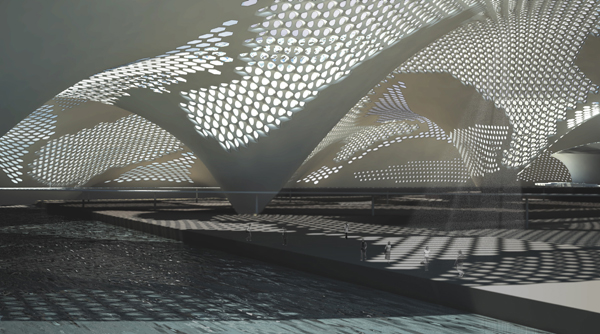
Earlier we posted a story about the studies of Dragon Fly Wings with research out of the AA. Maria Mingallon who was involved in that project suggested we would be interested in looking into her team’s final thesis project from that same school, oh boy was she right. Read on to learn about the cutting edge potential applications of adaptive parametric design in architecture. You cant help but think of the skin of some kind of animal while watching the video.
The team, which consists of Sakthivel Ramaswamy and Konstantinos Karatzas in addition to Maria Mingallon set out to design a building system that through the replication of an adaptable unit and use of self-organization principles found in nature, creates an adaptive structure that can potentially take any form and establish comfortable lighting and ventilation conditions through the constant maintenance of its envelope. Yet another valiant effort towards designing truly “living” buildings that respond to their environments. The image below shows the varying degrees of transparent achievable with the system.
‘Thigmo-morphogenesis’ refers to the change in shape, structure and material properties of organisms when exposed to particular environmental conditions. Fiber composite aims to bring that adaptive life to the places we shelter ourselves, a fully responsive building. Below are diagrams highlighting the form and nature of the unit cells that are arrayed to create larger spans.
There’s also a great video on Maria’s Youtube channel showing the real adaptation animation:
[youtube=http://www.youtube.com/watch?v=ZS9tY7DwKL0&fs=1&hl=en_US&rel=0]
The team also created actual mockups of the potential unit that slightly changes shape to reveal a larger opening. construction images and diagrams below:
UPDATE:
Maria just released her book on her thesis project! check it out: Fibre Adaptive Composite Systems
official page about the project from AA microsite.
also featured on eVolo

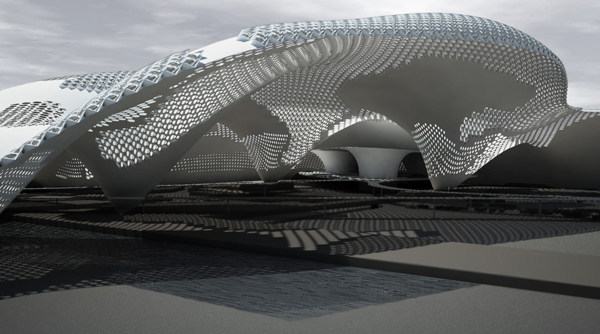
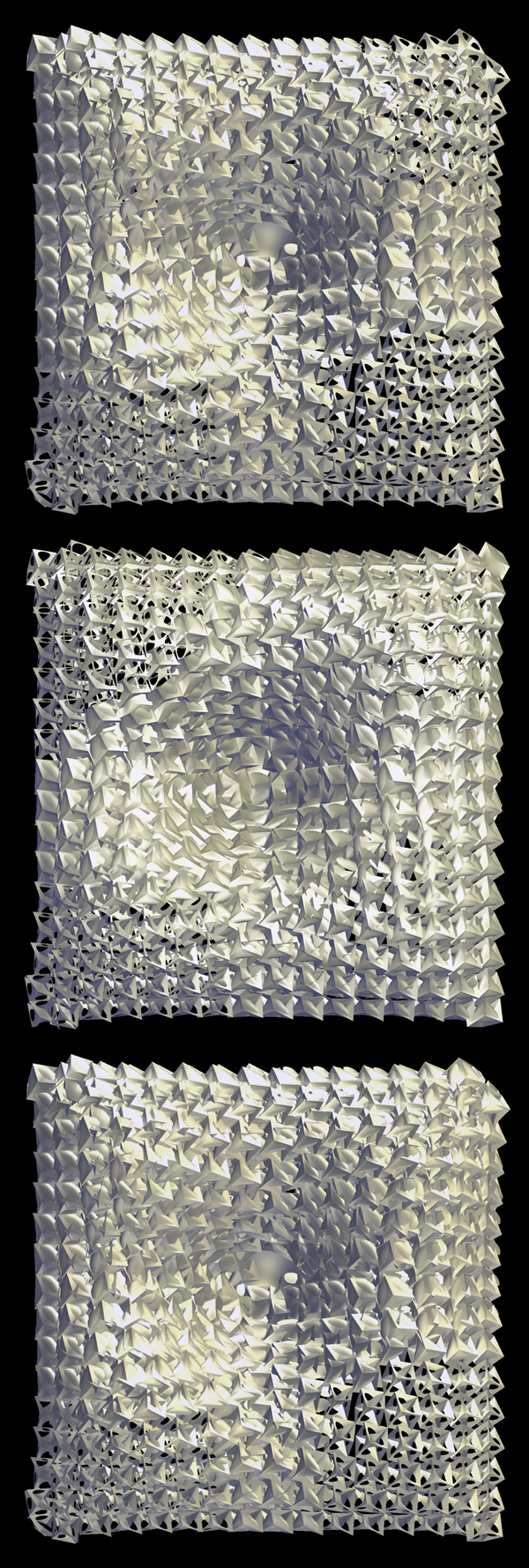
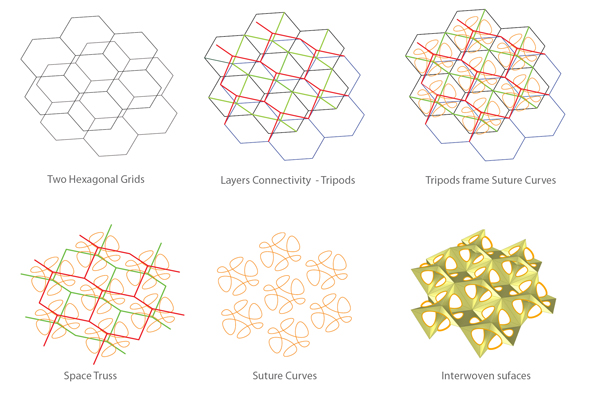
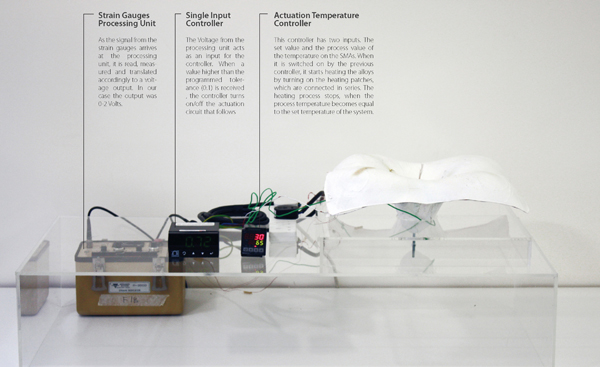
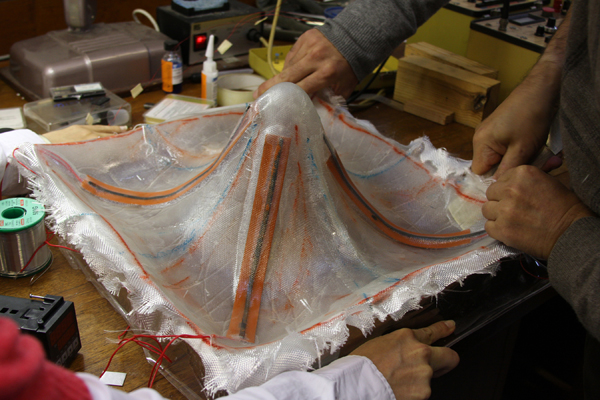
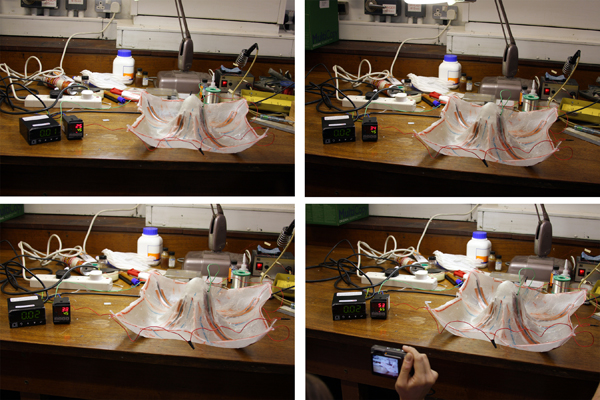
Pingback: Emergent Technologies and Design Book Released « Biomimetic-Architecture.com
Pingback: Architecture of the Dragonfly Wing « Biomimetic-Architecture.com
Pingback: My Homepage